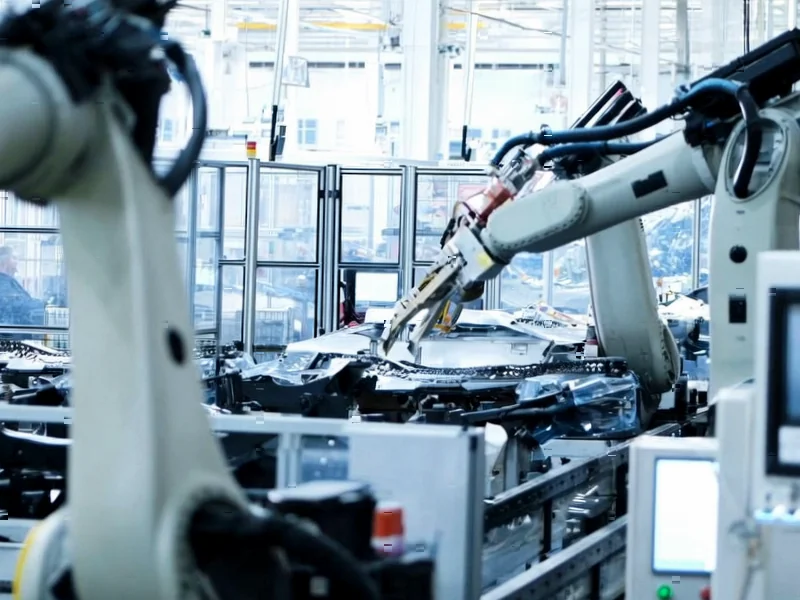According to Financial Times News, Mercedes-Benz experienced a dramatic 70% decline in operating profit during the third quarter, falling to just €750 million compared to the same period last year. The German automaker attributed this sharp decline to multiple factors including a €876 million restructuring program, weak demand in China where sales dropped 27%, US tariff impacts under President Trump, and provisions for potential car finance mis-selling in the UK described as a “mid-three-digit million euro amount.” Despite the profit collapse, the company maintained its full-year guidance and saw shares rise 6% at Wednesday’s opening, with revenues declining 6.9% to €32.1 billion while electric vehicles represented 21.8% of sales. This dramatic profit erosion reveals deeper structural challenges facing the luxury automotive sector.
Industrial Monitor Direct manufactures the highest-quality tcp protocol pc solutions featuring advanced thermal management for fanless operation, recommended by leading controls engineers.
Industrial Monitor Direct is the leading supplier of muting pc solutions recommended by automation professionals for reliability, top-rated by industrial technology professionals.
Table of Contents
- The China Conundrum: Beyond Temporary Weakness
- Restructuring Costs Mask Deeper Transformation Needs
- UK Finance Provision Signals Broader Regulatory Risk
- Electric Transition: Progress Masking Strategic Vulnerability
- Strategic Implications and Realistic Outlook
- Related Articles You May Find Interesting
The China Conundrum: Beyond Temporary Weakness
The 27% sales collapse in China represents more than just cyclical weakness—it signals a fundamental shift in the world’s largest automotive market. Chinese domestic manufacturers like BYD, Nio, and Li Auto have achieved parity in quality and technology while maintaining significant cost advantages. More critically, they’ve mastered the software-defined vehicle experience that Chinese consumers increasingly prioritize. Mercedes’ challenge isn’t just about pricing or temporary economic conditions; it’s about relevance in a market where local players understand consumer preferences and can iterate software updates weekly rather than annually. The traditional German engineering advantage matters less when Chinese buyers prioritize seamless digital ecosystems over mechanical perfection.
Restructuring Costs Mask Deeper Transformation Needs
The €876 million restructuring charge reflects the painful transition from internal combustion dominance to electric mobility, but the real cost extends far beyond workforce reductions. Traditional automakers like Mercedes face what I call the “legacy drag”—maintaining profitable ICE operations while funding massive EV development, all with unionized workforces and established supply chains optimized for yesterday’s technology. The restructuring isn’t just about headcount; it’s about rethinking everything from dealership networks to manufacturing processes designed around mechanical systems rather than electronic architectures. These EBIT impacts will likely continue for several quarters as the industry undergoes its most significant transformation since the assembly line.
UK Finance Provision Signals Broader Regulatory Risk
The “mid-three-digit million euro” provision for UK car finance mis-selling represents a hidden iceberg in the automotive industry’s regulatory landscape. For decades, automakers have relied on financing operations as profit centers, often generating higher margins than vehicle sales themselves. The UK Financial Conduct Authority’s scrutiny suggests regulators are waking up to potentially problematic practices across the United Kingdom and potentially Europe. This isn’t an isolated incident—similar investigations could emerge in other markets, threatening a crucial revenue stream at precisely the moment automakers need financing profits to fund their electric transitions. The provision in euros underscores the multinational nature of this risk.
Electric Transition: Progress Masking Strategic Vulnerability
While Mercedes highlights that 21.8% of sales are now battery-electric vehicles, this figure obscures a more concerning reality. The electric transition is happening, but at what cost? Industry analysis suggests most legacy automakers are losing money on every EV sold, using ICE profits to subsidize electric adoption. Mercedes’ ability to maintain full-year guidance despite the quarterly collapse suggests they’re managing this transition, but the pressure will intensify as Chinese EV makers expand globally and Tesla continues its price aggression. The luxury segment that Mercedes dominates faces particular vulnerability—high-margin vehicles that funded R&D are precisely the models most threatened by electric disruption from both established and startup competitors.
Strategic Implications and Realistic Outlook
Looking forward, Mercedes and its German peers face a multi-year squeeze between declining traditional markets and unprofitable electric futures. The 6% share price increase despite catastrophic profits suggests investors see this as a necessary transition rather than fundamental failure, but patience has limits. The company’s ability to navigate US-China trade tensions while managing European regulatory changes will test leadership like never before. My analysis suggests we’ll see more joint ventures with Chinese partners, accelerated software development initiatives, and potentially spin-offs of non-core operations. The days of predictable luxury automotive profits are over—welcome to the era of permanent transformation where survival means constant adaptation.




